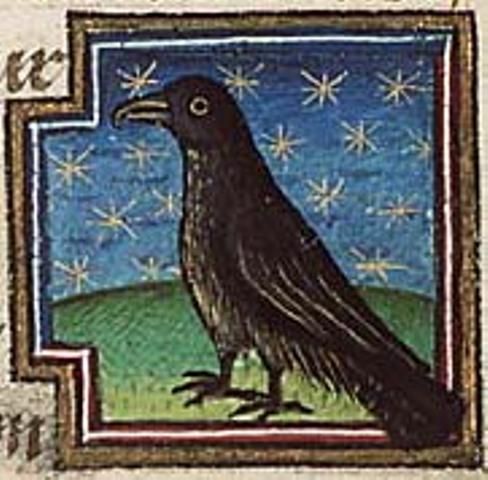















dolmen/cromlech
Breton: dolmen: "stone table"
Welsh: cromlech: "bent flagstone"
German: Hünengräber/Hunebedden: "giant grave"/"giant bed"
Prehistoric megalithic chamber tombs built throughout Eurasia. However, some French and English archaeologists have used cromlech to refer to stone circles, creating much confusion at to the use of the second term.
Though thousands of years old, they are often given more recent histories; for instance, the Bedd Taliesin--Taliesin's Grave--which would have supposedly been built in the 6th century, is obviously much older.
Dolmen was first used as an archaeological term by the Breton officer Théophile Corret de la Tour d'Auvergne during his time as an antiquarian.
In The Lion, the Witch, and the Wardrobe, C.S. Lewis describes Aslan being sacrificed on a "stone table"; no doubt, he was specifically thinking of the many dolmen through-out Western Europe, at times believed to be graves or even sacrificial altars.
There is some speculation that the term cromlech is related to Crom Dubh/Crom Cruach, the Irish evil god. There may be a tenuous relation, in that Crom Dubh is described as an idol, but it is far from conclusive.

Back to "D" | Back to JCE
Home
Mary Jones © 2006